
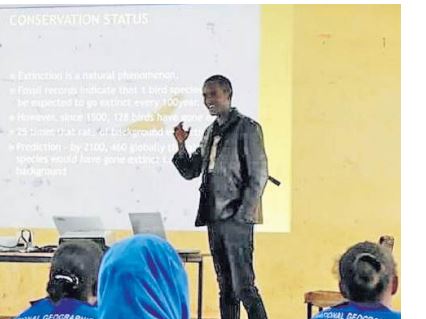
Born and raised in a small pastoralist village called Haro Bota in Marsabit County, environmental scientist Somo Guyo says his childhood was shaped by the rhythm of the land.
This involved herding livestock, moving with the seasons, and growing up in a culture built on resilience and deep respect for nature.
Guyo later started JangaVoice, an app that enables communities to report early signs of hazards for timely response.
He started it together with his brother Hassan Jattani.
In an interview with the Star, Somo said they are determined to make the app work practically for communities facing recurring climate-related crises.
“In our community, life followed cycles of rainfall and drought,” he said.
“Migration was not a choice, it was a necessity. I remember elders reading the skies, interpreting the winds, studying the intestines of goats and observing animal behaviour to predict natural events.”
He said their knowledge, passed down through generations, was profound, but even with such wisdom, nature always had the final say.
“I witnessed the devastation first-hand. My family lost livestock. Neighbours lost everything to droughts, flash floods and resource-based conflicts.”
He cited animals, homes and even loved ones.
“I still recall the long, cold walks before sunrise to fetch water, and endless days trailing animals across vast, dry plains,” Somo said.
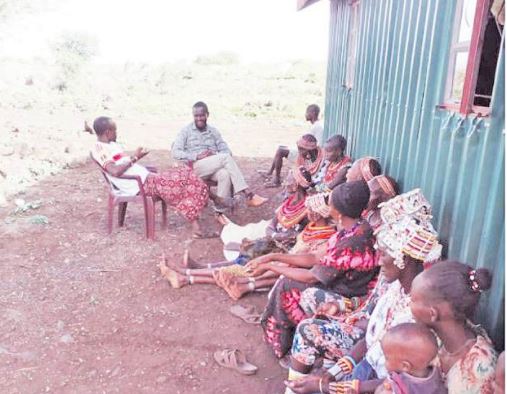
“Why are our lives always on the edge of crisis? Can this ever change?” he kept asking himself.
“Access to education was limited, but I was determined. I pursued a degree in conservation at the University of Nairobi. That experience opened my eyes,” Somo said.
“I came to understand that conserving nature wasn’t just about trees or wildlife, it was about survival. It was about building resilience in communities like mine.”
In 2016, Somo founded a community-based organisation called Pastoralist Green Initiatives.
The CBO launched tree-planting drives, held nature education workshops and ran conservation campaigns for the Mt Marsabit forest.
They even partnered with local FM radio stations to spread environmental messages in native languages, bridging knowledge gaps through storytelling.
That same year, his essay was selected among the top 20 globally in the 9th Tunza Eco-generation Essay Competition organised by Samsung Engineering and Unep.
That recognition gave him a deeper sense of purpose as he felt he had to do more to solve local problems with local solutions.
In 2018, he designed a project called Bridging the Gap, which proposed building a modern fodder storage facility for pastoralists to help them prepare for drought.
The project was supported by a social innovation programme, Maarifa Kona, hosted by iHub, Mastercard and Adeso.
This was a turning point for Somo.
“I realised innovation could grow from the ground up, rooted in the very communities it aims to serve,” he said.
He went on to become a licensed Environmental Impact Assessment and Environmental Audit expert with Nema, and joined the Environmental Institute of Kenya.
He also trained in community disaster risk reduction.
Currently, he is pursuing a master’s degree in biodiversity conservation and management at the Southeastern Kenya University.
“I actively engage in global environmental forums, including Unep’s Children and Youth Major Group and the Indigenous Peoples’ Major Group,” he said.
In 2018, he joined the Marsabit government as an environmental officer, contributing to policy development and resilience-building projects.
But over time, Somo says he noticed something troubling: the vulnerability of his people was increasing.
Livelihoods were becoming more fragile, and disasters more frequent and severe.
“A persistent gap became clear to me: a disconnect between governments and grassroots communities,” he said.
“Early warning alerts were either delayed, generic or too technical. There was no platform for communities to give feedback or share indigenous forecasts.
“That realisation sparked something new in me. We needed a solution that spoke the language of the people, both literally and culturally.”
From that need, JangaVoice was born, a partnership between himself as an environmentalist and his brother Hassan, a software engineer.
JangaVoice is a simple, audio-enabled mobile platform with offline capabilities, designed to bridge the communication gap in disaster preparedness and response.
It allows communities to report indigenous weather forecasts and early warning signs, and receive timely, localised alerts through audio messages and SMS, even in areas with limited literacy or Internet access.
The system translates complex information from sources like the Kenya Meteorological Department and NDMA bulletins into local languages.
It repackages this data to make it actionable.
“We’re also integrating AI to support predictive disaster analysis and improve decision-making,” Somo said.
“We piloted JangaVoice in three wards in Marsabit county. Today, the Water department uses it to receive real-time borehole breakdown reports from remote communities.
“Response times have improved by over 50 per cent, particularly during drought emergencies.
“Through JangaVoice, we aim to reduce livestock mortality by 50 per cent and improve community livelihoods by 20 per cent over the next five years.
Herders can now make informed decisions: migrating early, storing hay or selling livestock before conditions worsen,” he adds.
Somo says JangaVoice has been recognised and awarded for its innovation. The concept, he says, is patented and copyrighted, ensuring it remains a community-first solution.
“Our vision is bold but clear: A world where no community is left unheard. A future where no child, mother, or herder is caught off guard by disaster,” Somo said.
“We started in Marsabit but our goal is to scale JangaVoice across all 47 counties in Kenya, bringing early warning to the last mile, where it’s needed most.”




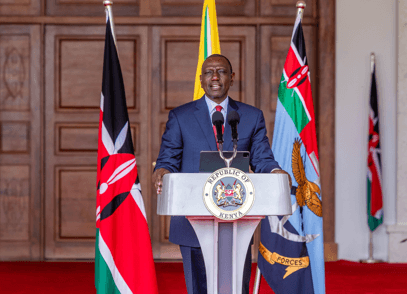



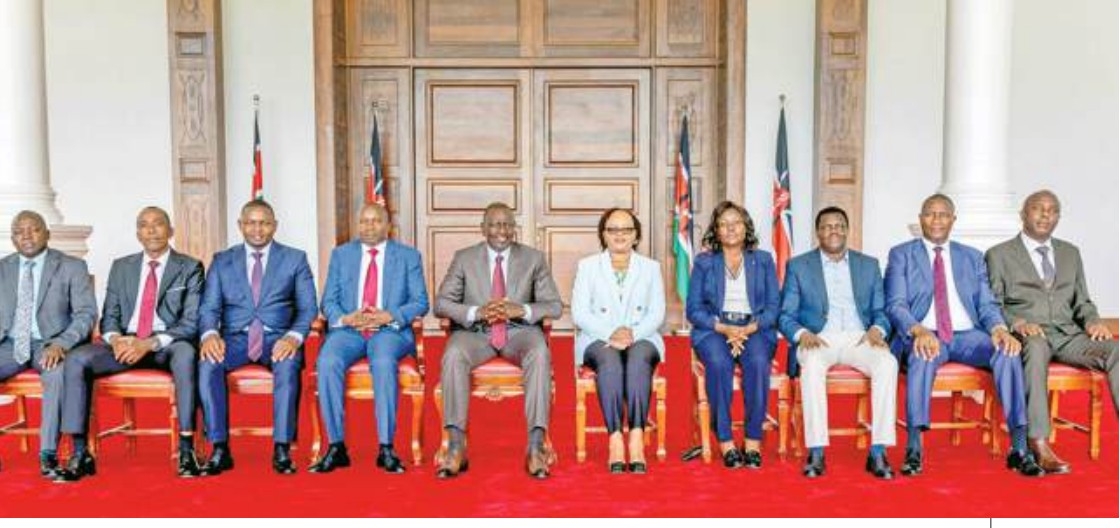

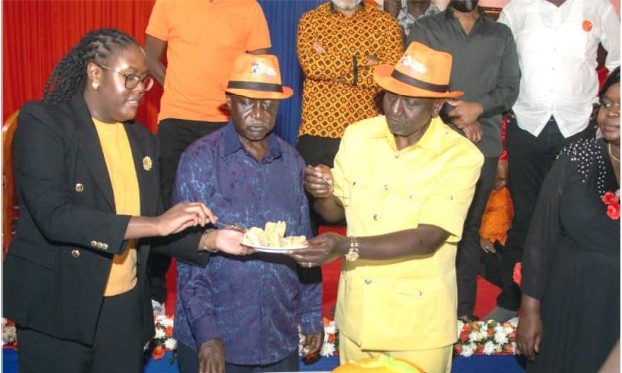


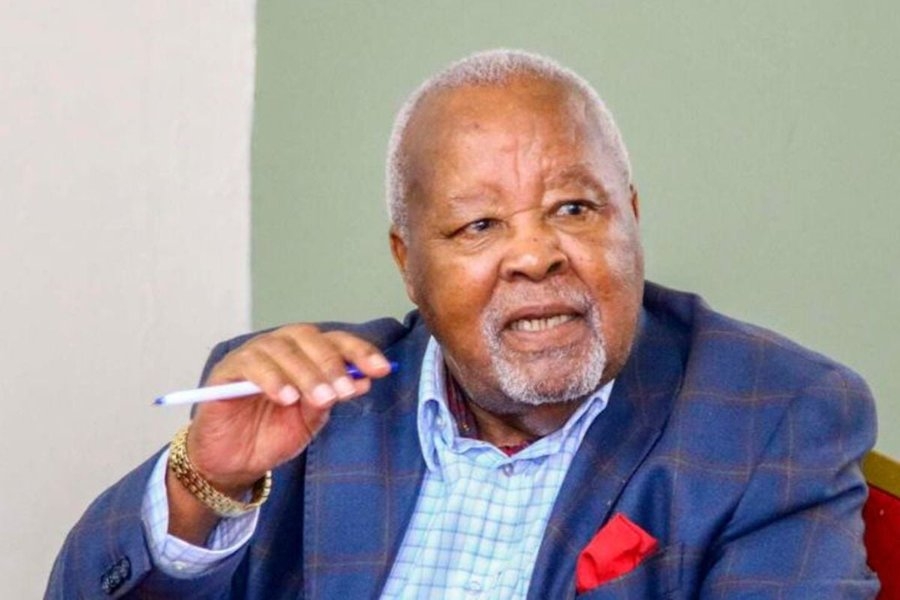
![[PHOTOS] Ole Ntutu’s son weds in stylish red-themed wedding](/_next/image?url=https%3A%2F%2Fcdn.radioafrica.digital%2Fimage%2F2025%2F11%2Ff0a5154e-67fd-4594-9d5d-6196bf96ed79.jpeg&w=3840&q=100)

